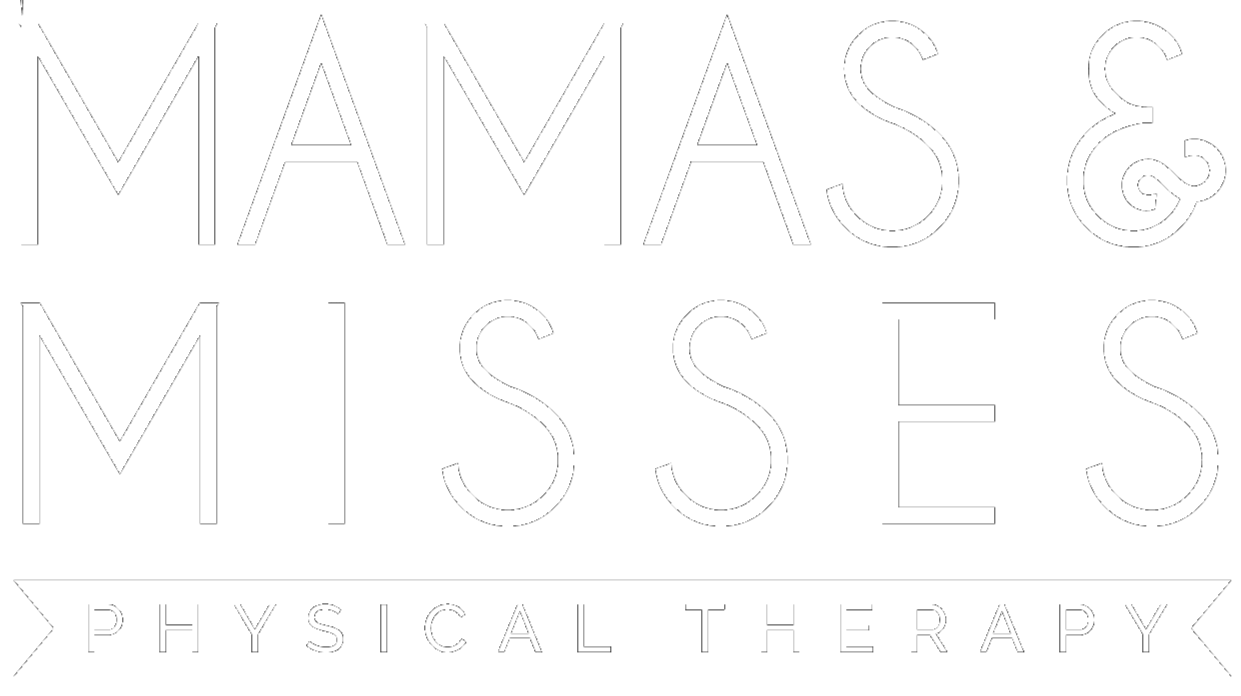
Reducing Pelvic Pain with Holistic Practices
Pelvic pain can be a challenging and uncomfortable condition that many women face. It might stem from various causes, like muscle tightness, inflammation, or past injuries. Regardless of the cause, living with chronic pelvic pain can greatly affect your daily life, making it difficult to perform routine activities and enjoy moments of leisure. Understanding the roots of this pain is crucial to finding effective relief and improving your overall quality of life.
Holistic practices offer a natural and comprehensive approach to managing pelvic pain. By focusing on the whole body and mind, these methods aim to provide long-lasting relief without the need for medication or invasive treatments. Incorporating gentle exercises and mindfulness techniques can help reduce discomfort and enhance your ability to cope with pain. Through mindful movement and relaxation, you may find that your pain lessens, your stress diminishes, and your overall well-being improves.
Understanding Pelvic Pain and Its Causes
Pelvic pain can have several different causes, which makes it important to understand what might be contributing to your discomfort. Common causes include muscle tightness or weakness in the pelvic region, inflammation from conditions such as endometriosis or pelvic inflammatory disease, and previous injuries or surgeries that have affected the area. Other factors like stress, hormonal changes, and digestive issues can also contribute to pelvic pain. By identifying the root cause, we can better address the pain and find effective ways to manage it.
Sometimes, pelvic pain might also be linked to issues with the bladder, bowel, or reproductive organs. For instance, interstitial cystitis, a chronic bladder condition, can cause pelvic pain and pressure. Irritable bowel syndrome (IBS) is another condition where digestive problems and stomach cramps can result in pelvic discomfort. Hormonal changes during different stages of life, such as menopause or pregnancy, may also impact pelvic health. Understanding these various factors can help us tailor our approach to alleviating pain and improving overall wellness.
Holistic Practices to Alleviate Pelvic Pain
Holistic practices offer a comprehensive approach to managing pelvic pain by focusing on the entire body, mind, and environment. One key practice is maintaining a balanced diet rich in anti-inflammatory foods such as fruits, vegetables, nuts, and seeds. These foods can reduce inflammation and promote healing throughout the body, including the pelvic region. Staying hydrated and avoiding foods that trigger inflammation can also play a significant role in alleviating pain.
Another important holistic practice is regular physical activity. Gentle exercises, such as yoga and stretching, can help strengthen pelvic muscles and improve flexibility. This can lead to reduced stress on the pelvic area and lower pain levels. Moreover, incorporating activities like walking or swimming into your routine can enhance overall physical health and contribute to pain relief. Consistency is key, so aim to include some form of gentle movement in your daily schedule.
Gentle Exercises for Pelvic Pain Relief
Certain gentle exercises can provide relief from pelvic pain and support overall pelvic health. One such exercise is the pelvic tilt. To perform this, lie on your back with your knees bent and feet flat on the floor. Tighten your abdominal muscles and tilt your pelvis upward, holding the position for a few seconds before relaxing.
Another effective exercise is the butterfly stretch, which can be done by sitting on the floor with the soles of your feet together and your knees bent outward. Gently press your knees towards the floor using your hands while keeping your back straight. This stretch helps loosen tight pelvic muscles and improve flexibility. Routine practice of these exercises can significantly ease pelvic pain over time.
Incorporating Mindfulness and Relaxation Techniques
Mindfulness and relaxation techniques can also play a crucial role in managing pelvic pain. Practicing mindfulness involves paying close attention to your body and how it feels, which can help identify and address areas of tension. Simple mindfulness exercises, like deep breathing and progressive muscle relaxation, can reduce stress and alleviate pain.
Relaxation techniques such as guided imagery or prayer can also be beneficial. These techniques encourage you to focus your mind on peaceful and soothing thoughts, which can help divert attention away from pain and reduce overall stress levels. Making these practices a part of your daily routine can enhance both your physical and mental well-being.
Conclusion
Living with pelvic pain can be challenging, but understanding its causes and exploring various holistic practices and gentle exercises can provide significant relief. By incorporating these methods into your daily life, you can help manage pelvic pain and improve your overall quality of life. It’s essential to be patient and consistent with these practices to see the best results.
If you’re struggling with pelvic pain and looking for personalized care and effective techniques, consider reaching out for professional support. Our team at Mamas & Misses is here to provide holistic education and tools to help alleviate pain and enhance wellness. Let us support you on your journey to better pelvic health. Contact us today to learn more about our pelvic therapy and how we can help you achieve relief and improve your quality of life.
